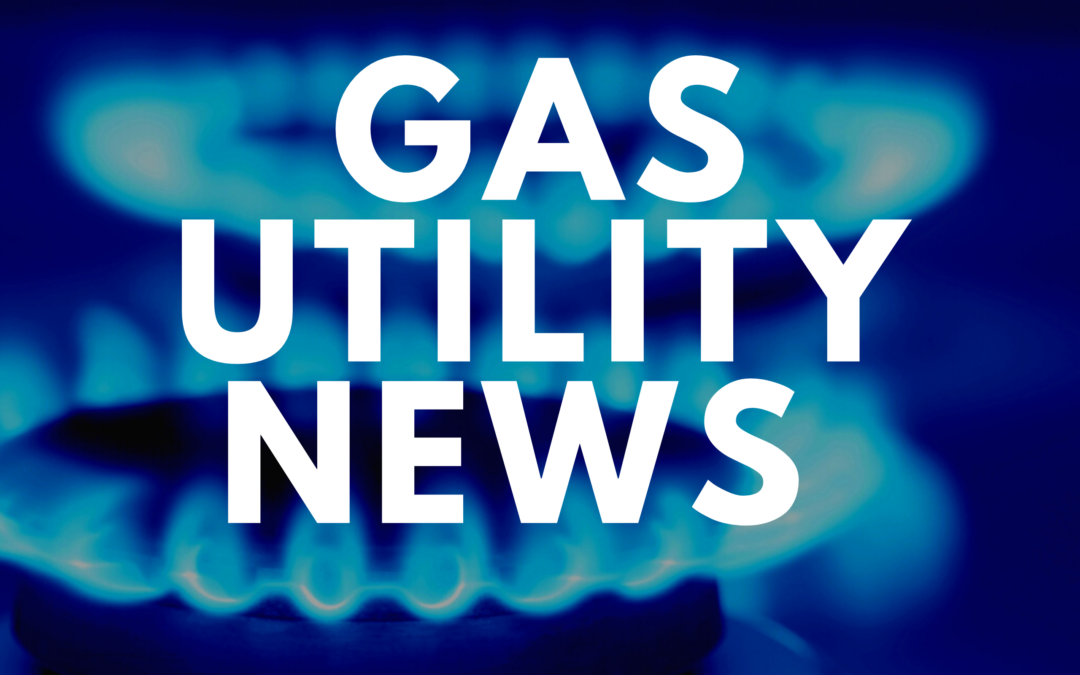Energy utilities typically are authorized to receive a regulated rate of return on its capital spending. That means the more it spends, the more it can make in revenues.
________________________________________________
 During a recent earnings call with investment analysts, officials at Dallas-based Atmos Energy boasted of delivering years of consistent dividend increases for their shareholders. In fiscal 2025, for instance, the year-over-year increase was 8.1 percent. This represented “the 41st consecutive year of rising dividends” for shareholders, according to the company.
During a recent earnings call with investment analysts, officials at Dallas-based Atmos Energy boasted of delivering years of consistent dividend increases for their shareholders. In fiscal 2025, for instance, the year-over-year increase was 8.1 percent. This represented “the 41st consecutive year of rising dividends” for shareholders, according to the company.
But dividends aren’t the only thing on the rise at Atmos. A review of multiple financial filings also shows that it is spending ratepayer money at an unprecedented clip and that average gas bills have increased steadily. Moreover, average monthly gas bills could rise by as much as 50 percent over the next five years.
About Atmos
Atmos Energy, the country’s largest natural gas-only distributor, serves more than 3.3 million distribution customers in over 1,400 communities across eight states. Atmos also manages proprietary pipeline and storage assets. Its most substantial holdings are in Texas, where the Texas Railroad Commission oversees its rates and operations.
As a publicly traded company, Atmos also hosts quarterly financial update calls in which it regularly touts almost clockwork-like increases in both its revenues and capital expenditures. These increases always come as good news to shareholders: revenue increases because they contribute to earnings-per-share growth, and capital expenditure increases because utilities receive a regulated rate of return on such expenditures. This means that as a general matter, the more a utility spends on capital projects, the more revenue it is authorized to collect from customers.
Atmos notes, however, that customers benefit from its capital spending programs because they finance system safety and integrity efforts and because they help the company keep up with customer growth. The company also notes that while its average residential bills are on the rise, they nonetheless remain lower than bills charged by electric utilities.
Rate and Spending Analysis
As noted, Atmos’s spending and revenues — and its monthly consumer bills — all have gone up in recent years. In some cases, the increases are substantial, according to a recent analysis of the company’s financial statements over the last 10 years. Here are some of the findings from that analysis.
Income
- Atmos reported net income in 2025 of nearly $2 billion. That is more than five and half times of its reported net income of $345 million in 2016.
- The company’s annual net income increased by 91 percent between 2024 and 2025.
- The company reported increases in net income of 10 percent every year since 2017.
Spending
- The company estimated capital spending in 2025 of $3.6 billion. That is more than triple the $1.1 billion it reported in 2017.
- The company’s capital spending went up 21 percent between 2024 and 2025.
- The company’s capital spending has increased every year since 2017.
Rates
- Average bills across the company’s multi-state system went from $72 last year to $80 this year.
- Average bills are expected to increase to $121 by 2030, an increase of more than 50 percent in five years.
- The company reports average bills increased every year except for one since 2019.

